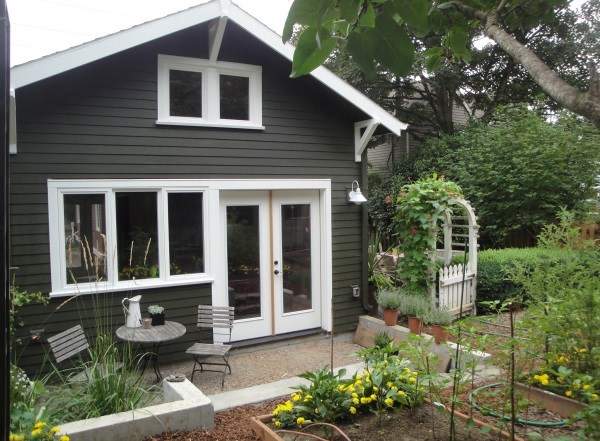As Lambton County grapples with a persistent rise in homelessness despite a strategic plan in place, recent discussions surrounding centralized approaches to housing have stirred significant debate. While the intentions behind centralized initiatives are commendable, evidence suggests that entrusting such endeavors solely to public institutions may not yield the desired outcomes.
The County's plan, spanning from 2020 to 2024, aimed to mitigate homelessness through centralized strategies. However, contrary to expectations, homelessness rates have surged, prompting scrutiny over the effectiveness of centralized housing models. This concern is underscored by recent revelations, such as the delay in constructing promised affordable housing units, as reported by The Sarnia Journal.
Centralized housing projects entail significant financial investments, bureaucratic coordination, and extensive timeframes. The promised 24 new affordable housing units, slated for completion in 2022, remain unbuilt, highlighting the bureaucratic hurdles and inefficiencies plaguing such endeavors. These challenges not only impede timely action but also undermine the urgency of addressing the housing crisis.
In contrast, decentralized approaches offer a compelling alternative. By empowering citizens through grant programs to build Accessory Dwelling Units (ADUs) in their backyards, decentralized initiatives bypass bureaucratic red tape and expedite the provision of affordable housing. Such initiatives enable swift responses to community needs, leveraging existing resources and activating citizen participation.
Decentralized housing initiatives, unlike their centralized counterparts, distribute affordable housing units across the city, fostering community integration and resilience. The County's Housing and Homelessness Plan for 2020-2024 already underscores the importance of decentralized strategies, emphasizing the need for systemic reforms.
Consider the financial disparities between centralized and decentralized approaches: While centralized housing projects require approximately $17 million to build 50 units, decentralized initiatives could subsidize 50 ADUs at $50,000 each, amounting to a mere $2.5 million. Furthermore, decentralized housing initiatives allocate ongoing maintenance and property management responsibilities to multiple developers and property managers, ensuring efficient resource allocation and community engagement.
The recent initiative proposed by Lambton County, aiming to expedite the construction of affordable housing within 18 months, is commendable. However, it raises concerns about the feasibility of centralized approaches and the potential pitfalls of relying solely on bureaucratic interventions. Instead of funneling resources into centralized housing projects, policymakers should prioritize systemic reforms that empower citizens and incentivize private sector involvement.
It's time for a paradigm shift in addressing homelessness—one that prioritizes decentralized solutions and fosters community-driven initiatives. As Lambton County seeks solutions to its housing crisis, let us prioritize the call for decentralized approaches and pave the way for a more inclusive, sustainable future.
---
Nathan Colquhoun is an owner of the Sarnia Journal and you can reach him at [email protected]
